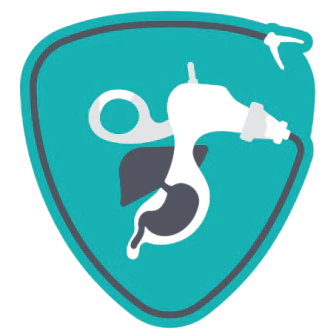Fiber, often overlooked in our diet, is a crucial player in maintaining optimal health. This dietary powerhouse, primarily derived from plants, plays a pivotal role in supporting digestion, regulating blood sugar, and promoting overall well-being. While the term “fiber” might seem generic, there are two distinct types with unique properties: soluble and insoluble fiber.
Understanding the Two Types of Fiber
Soluble fiber is the type that dissolves in water, forming a gel-like substance in your digestive system. Imagine it as a gentle sponge soaking up excess cholesterol and sugar. It’s abundant in foods like oats, beans, lentils, apples, and citrus fruits. This gel-like substance helps slow down digestion, preventing blood sugar spikes and aiding in cholesterol management.
On the other hand, insoluble fiber doesn’t dissolve in water. It remains intact as it travels through your digestive system, adding bulk to your stool. Think of it as the workhorse that keeps things moving smoothly. Insoluble fiber is plentiful in whole grains, wheat bran, nuts, and vegetables like broccoli and carrots.
Benefits of Fiber
Both soluble and insoluble fiber offer a multitude of health benefits, though in different ways.
Soluble fiber is like a gentle guardian for your digestive system. It helps regulate bowel movements, preventing constipation and promoting regularity. By forming a gel-like substance, it slows down the absorption of sugar into your bloodstream, aiding in blood sugar control and reducing the risk of diabetes. Additionally, soluble fiber has a knack for binding to cholesterol in the gut, helping to lower harmful LDL cholesterol levels and promoting heart health.
Insoluble fiber is the unsung hero of gut motility. It adds bulk to your stool, preventing constipation and ensuring smooth passage through your digestive system. This fiber also helps maintain the health of your colon and can reduce the risk of colon cancer.
How to Keep the Balance ?
While both types of fiber are essential, the ideal ratio might vary from person to person depending on individual needs and health conditions. A balanced diet rich in both soluble and insoluble fiber is generally recommended.
It’s important to note that while fiber is beneficial, excessive intake of insoluble fiber without adequate hydration can lead to constipation. On the other hand, excessive soluble fiber might cause bloating or gas in some individuals. Introducing fiber gradually into your diet allows your body to adjust and minimizes discomfort.
Dietary Recommendations for a Fiber-Rich Life
To ensure you’re getting enough fiber, focus on incorporating plenty of fruits, vegetables, whole grains, legumes, and nuts into your daily meals. Aim for around 25 grams of fiber per day for women and 38 grams for men. If you find it challenging to meet your fiber needs through diet alone, consider fiber supplements after consulting with your healthcare provider.
Remember, fiber works best when paired with adequate hydration. Drinking plenty of water helps the fiber do its job effectively.
Fiber isn’t just about regularity; it’s a key player in overall health. By understanding the difference between soluble and insoluble fiber and incorporating them into your diet, you’re taking a proactive step towards better digestion, blood sugar control, and heart health. Make fiber your new best friend for a happier, healthier you!

